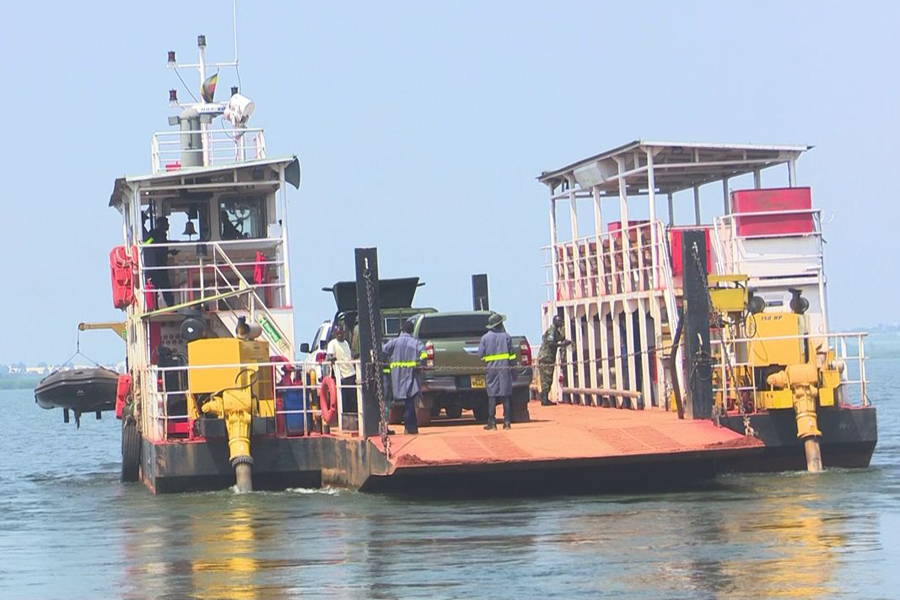Navigating the peril: The dangers of Lake Victoria in June and July

These storms are not only fierce but can also cause significant waves, making navigation perilous even for the most seasoned mariners. The strong gusts of wind, sometimes reaching gale force, can capsize small boats and create treacherous conditions for larger vessels.
In June and July, local authorities and experienced fishermen around Lake Victoria raise their alarms, warning of the perilous conditions that these months bring. For those unacquainted with the lake’s temperamental nature, this period is marked by increased dangers, making travel across Africa’s largest lake particularly hazardous.
The primary culprit behind the heightened risk during June and July is the unpredictable weather. During these months, Lake Victoria is prone to violent storms and strong winds, which can materialize with little to no warning. The convergence of the humid tropical air from the lake and the cooler air masses from the surrounding highlands creates a volatile atmosphere, often resulting in sudden and severe thunderstorms.
Keep Reading
These storms are not only fierce but can also cause significant waves, making navigation perilous even for the most seasoned mariners. The strong gusts of wind, sometimes reaching gale force, can capsize small boats and create treacherous conditions for larger vessels.
Lake Victoria, spanning over 68,800 square kilometres and shared by Uganda, Kenya, and Tanzania, is known for its unpredictable and rapidly changing weather. During June and July, these changes are more frequent and severe. The lake’s vast surface area allows for rapid evaporation and condensation, contributing to the swift formation of thunderstorms.
Fishermen and travellers often find themselves caught off guard by the sudden onset of these storms. The dense cloud cover and heavy rainfall reduce visibility, making navigation difficult and increasing the likelihood of accidents.
Another significant danger during these months is the high water levels. June and July follow the long rainy season in East Africa, and the increased runoff from rivers and streams that feed into Lake Victoria leads to higher-than-normal water levels. This rise in water levels can submerge familiar landmarks and navigation aids, creating hidden hazards for boaters.
Floating debris, including logs and vegetation, is also more common, posing a serious threat to vessels. These obstacles can damage boats, causing them to capsize or become stranded.
The combination of treacherous weather and hidden hazards has led to numerous tragic incidents over the years. Capsized boats and drowning deaths are all too common during this period. Many fishermen and travellers, often using traditional wooden boats without life jackets or modern navigation equipment, are particularly vulnerable.
Fishermen are encouraged to equip their boats with life jackets, radios, and other safety gear. Training programs aimed at teaching basic safety and survival skills are being implemented to help reduce the risk of accidents.

















